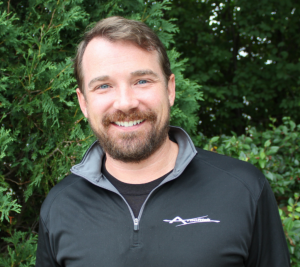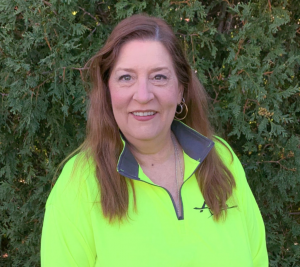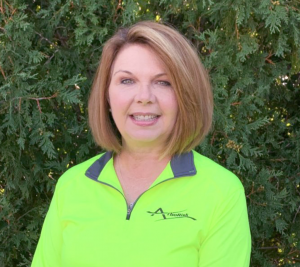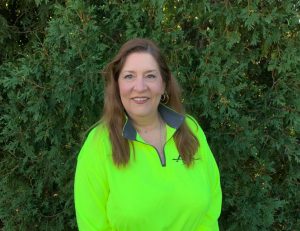2020 Year in Review
2020 Year in Review
Has there ever been a more unpredictable year than 2020? COVID-19 pandemic, to the devastation from wildfires and powerful storms, and all of the political turmoil, this year has many people excited to turn the calendar to 2021. Despite all of the adversities that we faced this year as a nation, ArboRisk continued to build up on the momentum of 2019 and had a tree-mendous year! Sorry, I had to. 🙂
Because there are so many people that have been involved in helping 2020 be a success, I wanted to share my sincere gratitude with everyone for their impact within the tree care industry! I also thought that many of our subscribers would like to hear about the momentous achievements the ArboRisk team has accomplished this year.
• New Team Members – During a time when many insurance agencies are cutting back, we have added three new team members to the crew and we are soooo thankful to have them!
– Margaret Hebert – To help with the coordination of our Thrive calls, we hired a part time coordinator to manage the client experience of our Thrive clients. Margaret Hebert has worked within the tree care industry in various aspects for over 15 years and we are delighted to have her coordinating Thrive.
– Kevin Martlage – Kevin is the newest member to our Thrive team and brings his background in corporate management and history working at ISA to our team. His expertise focuses on company culture, employee management and business planning.
– Mick Kelly – Mick’s background in insurance and risk management made it an easy addition to the team. He helps round out our sales force so more tree care companies will start to benefit from all that ArboRisk does.
• ArboRisk Strategic Planning – In January of 2020, we hired Jim Skiera, a consultant in our Thrive program, to help us develop a more defined strategy for ArboRisk. We analyzed our current program, team and services offered to make sure we were adhering to and accomplishing our mission of “helping our clients build extraordinary businesses and getting every employee home safe each night”. This was the best use of our money to date as we have completely revamped the structure of ArboRisk and put in motion many new initiatives to create accelerated and sustainable growth for years to come.
• Remote Workplace – Our agency has been preparing to work remotely for years and found it a simple transition when the pandemic started. We have been able to provide a better level of service to our clients and be there for them when they needed it most instead of worrying about how we were going to function all while remaining safe and healthy.
• Customer Experience – We revitalized our customer experience to include automated risk management services that our clients can easily use and implement into their businesses.
• Thrive Program – Since the creation of Thrive in late 2017, we have continued to improve upon the services offered. Thrive does for a tree service what root fertilizer does for a tree. It helps establish the foundation for a thriving business through an in-depth risk management model.
• Webinars – We have either hosted and or presented sixteen (16) different webinars since the beginning of the pandemic. Topics have included: Pandemic Planning, Pandemic Response, Driver & Fleet Management, Safety Director and Hiring & Recruiting. All of these have had a national marketing effort to them. The Hiring & Recruiting webinar was administered by the Tree Care Industry Association.
• Become Extraordinary Workshop – We added a great new workshop to our repertoire. This 5 part workshop is set up to help tree care companies become extraordinary. I facilitate conversation between the attendees to have them learn from each other.
• Weekly Business Tips – We have continued to provide a weekly business tip to our clients and prospects despite not being in the office.
• New ArboRisk & Thrive websites – To better deliver all that we have to offer, we have underwent the painstaking process of creating new websites for both ArboRisk and Thrive. These were recently completed at the end of October. Check it out here www.arboriskinsurance.com• Virtual Conferences –
We have been active in a few virtual conferences to date and are excited about many more in 2021, most notably the TCIA’s Virtual Summit in January.
As you can see, 2020 was an amazing year here at ArboRisk! Again, I deeply appreciate everyone’s contribution to this wonderful year and look forward with so much excitement and optimism about the coming New Year.
I wish you the very best Happy New Year and an incredible start to 2021!!

Written by: Eric Petersen





Recent Comments